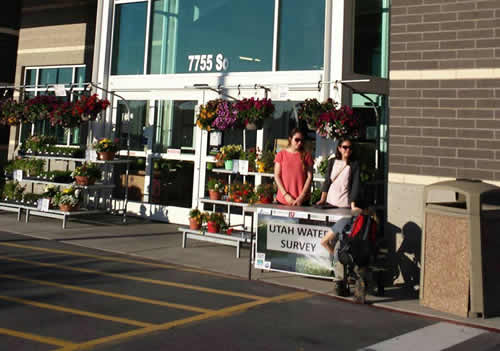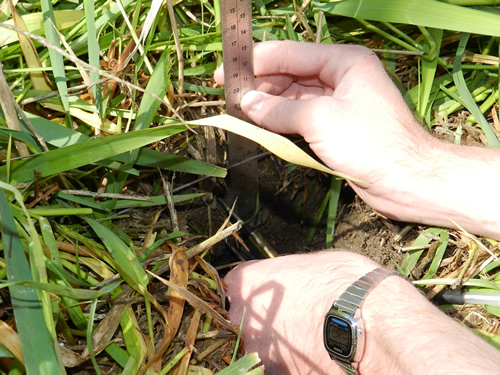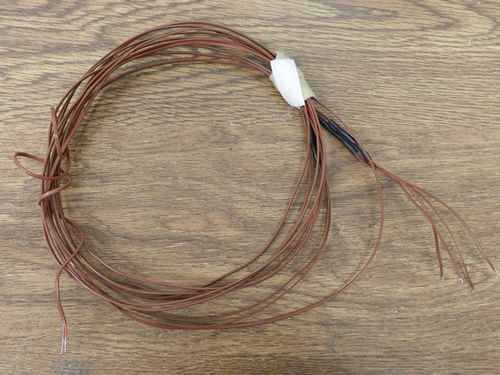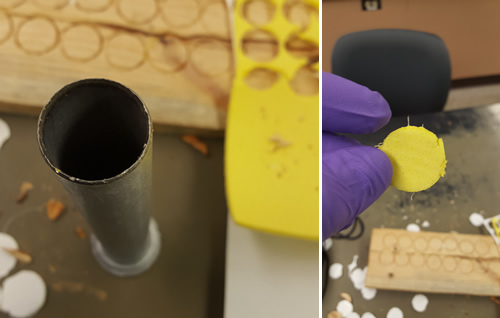iUTAH Undergraduate iFellows
Week 2 Recap
May 25-29, 2015
Kyle Ahn
 Week two was full of the teachings of best practices for research that I will be able to use throughout my academic career. The sciences are subject to heavy scrutiny from peers as part of the scientific process. As such, research needs to be done in a very exact way. Any result must be documented and repeatable. That is why learning these best practices are so valuable.
Week two was full of the teachings of best practices for research that I will be able to use throughout my academic career. The sciences are subject to heavy scrutiny from peers as part of the scientific process. As such, research needs to be done in a very exact way. Any result must be documented and repeatable. That is why learning these best practices are so valuable.
I also had the opportunity to visit the labs of: UU, BYU and UVU. I learned that the rigorous best practices I learned were applied everywhere. Although this was important, I believe the people I’ve been able to meet in these labs is of equal value.
Amanda Araujo
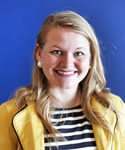 I would consider most of this week the "getting started" stage because when starting any project there is many complications and formalities at the beginning. This week I spent most of the time trying to get things off the ground, and luckily my mentor and I made a break through with coding after talking to tons of people.
I would consider most of this week the "getting started" stage because when starting any project there is many complications and formalities at the beginning. This week I spent most of the time trying to get things off the ground, and luckily my mentor and I made a break through with coding after talking to tons of people.
Viviane Baji
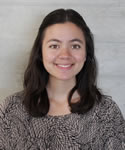 This week I got to train with iFellow Matt, Dr. Jackson-Smith's research assistant Jordan, and a Weber State student named Reva to collect survey responses in the Salt Lake area. We have been in this area since Wednesday and will continue on until early Saturday evening. In addition, I've been honing in on a research question that compares the concern level of Utah residents for water related issues compared to other environmental issues in the state. This research would help us know how people understand environmental issues and the associated risks.
This week I got to train with iFellow Matt, Dr. Jackson-Smith's research assistant Jordan, and a Weber State student named Reva to collect survey responses in the Salt Lake area. We have been in this area since Wednesday and will continue on until early Saturday evening. In addition, I've been honing in on a research question that compares the concern level of Utah residents for water related issues compared to other environmental issues in the state. This research would help us know how people understand environmental issues and the associated risks.
Jesse Fleri
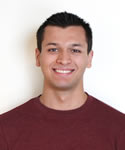
Joshua Gathro
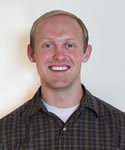 This project is really starting to become my own. In my research this week, I have learned a lot about arsenic and its anthropogenic and natural sources as well as its behavior under different conditions. It's amazing how complex natural systems can be. We went into the field on Friday to collect groundwater samples from another well. I'm getting the hang of things now and our in-field analysis is fun to learn. From what I’ve discovered in my literature review this week, it looks like we'll be able to sample water from geothermal springs this summer! I’m looking forward to the exciting weeks ahead!
This project is really starting to become my own. In my research this week, I have learned a lot about arsenic and its anthropogenic and natural sources as well as its behavior under different conditions. It's amazing how complex natural systems can be. We went into the field on Friday to collect groundwater samples from another well. I'm getting the hang of things now and our in-field analysis is fun to learn. From what I’ve discovered in my literature review this week, it looks like we'll be able to sample water from geothermal springs this summer! I’m looking forward to the exciting weeks ahead!
Natasha Griffin
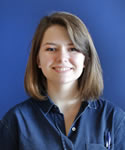 I did PCR for the first time this week as we figured out which temperatures would work best with the primers we've been using to bind to human- and cow-specific bacterial DNA samples. I also learned how to do gel electrophoresis. I continued reading articles on microbial source tracking and researched all the primers we're using to target different Bacteroides species, one of the organisms we're using as a pollution indicator.
I did PCR for the first time this week as we figured out which temperatures would work best with the primers we've been using to bind to human- and cow-specific bacterial DNA samples. I also learned how to do gel electrophoresis. I continued reading articles on microbial source tracking and researched all the primers we're using to target different Bacteroides species, one of the organisms we're using as a pollution indicator.
Sawyer Hill
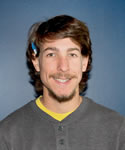 This week we started on building a contraption, which we dubbed "the albedometer." It measures the reflectivity , or albedo, of a surface. Our device consists of two PAR (Photosynthetically Active Radiation) sensors and two Licor sensor attached to a bar on a tri-pod. The PAR sensors measure the spectrum of radiation coming from the sun that plants are capable of absorbing. The Licor sensors measure the rest of the spectrum of radiation coming from the sun. Pictures of the device in action will be posted with a more accurate description of how the albedo of a surface is calculated using our contraption once we put it to use.
This week we started on building a contraption, which we dubbed "the albedometer." It measures the reflectivity , or albedo, of a surface. Our device consists of two PAR (Photosynthetically Active Radiation) sensors and two Licor sensor attached to a bar on a tri-pod. The PAR sensors measure the spectrum of radiation coming from the sun that plants are capable of absorbing. The Licor sensors measure the rest of the spectrum of radiation coming from the sun. Pictures of the device in action will be posted with a more accurate description of how the albedo of a surface is calculated using our contraption once we put it to use.
Joseph Ipson
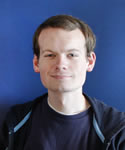 I spent most of this week putting together more thermocouples. We need to put some finishing touches on them still but there should be enough of them to install at every site planned. We were also able to install heat flux plates and thermocouples in the closest site.
I spent most of this week putting together more thermocouples. We need to put some finishing touches on them still but there should be enough of them to install at every site planned. We were also able to install heat flux plates and thermocouples in the closest site.
Matthew Johnson
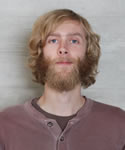 Week two was vey productive. Our team formed research questions and topics, and began literature review. As the weather cleared up at the end of the week we began more data collection in the Salt Lake City area.
Week two was vey productive. Our team formed research questions and topics, and began literature review. As the weather cleared up at the end of the week we began more data collection in the Salt Lake City area.
Heather King
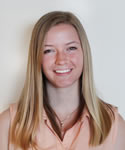 This week the other iFellow Sawyer and myself checked up on all the LEMS installed and began collecting data to be analyzed. We also began building an albedo measurement device with Brian Baily to determine the reflectivity of various surfaces. Additionally, we created a spread and map to identify each tree on the University of Utah engineering quad.
This week the other iFellow Sawyer and myself checked up on all the LEMS installed and began collecting data to be analyzed. We also began building an albedo measurement device with Brian Baily to determine the reflectivity of various surfaces. Additionally, we created a spread and map to identify each tree on the University of Utah engineering quad.
Don Long
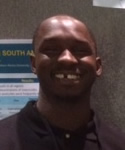 Besides all the paperwork that had to be done, I had an amazing first week at USU. I'm becoming familiar with my surroundings and found out that if I need a unique apparatus that is not readily on hand, I can visit the machine shop for customization. If I need some type of chemicals or safety equipment for dealing with such items, we go to the Chem Store. We recently used our p-card to purchase a refrigerator and boots for when I'm out in the field! I'm really excited about my time at USU. I feel it's going to be an unforgettable experience.
Besides all the paperwork that had to be done, I had an amazing first week at USU. I'm becoming familiar with my surroundings and found out that if I need a unique apparatus that is not readily on hand, I can visit the machine shop for customization. If I need some type of chemicals or safety equipment for dealing with such items, we go to the Chem Store. We recently used our p-card to purchase a refrigerator and boots for when I'm out in the field! I'm really excited about my time at USU. I feel it's going to be an unforgettable experience.
Zack Oldroyd
 In my second week as an iFellow, I helped my team to refine our public intercept survey. We originally were going to use a Qualtrics survey on an iPad but after a few trial interviews we decided that an interactive PDF would better serve our needs. We are now ready to go out into the field to see what the public has to say about water.
In my second week as an iFellow, I helped my team to refine our public intercept survey. We originally were going to use a Qualtrics survey on an iPad but after a few trial interviews we decided that an interactive PDF would better serve our needs. We are now ready to go out into the field to see what the public has to say about water.
Elizabeth Tanner
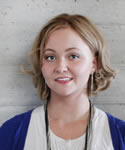 During this second week as an iFellow, I have started using new software and have started to doing different projects. Earlier this week I examined the levels of water consumption in Salt Lake City and created a theoretical data chart (Table 1) that explores how much water would be saved if the population of Salt Lake City were to reduce water usage by 10%, 25%, and 50%. I looked at the top 10% of users of water in Salt Lake City and calculated the same scenario. These data were based off of public utility records provided to me. According to the numbers collected, the top 10% of water users in Salt Lake City use 58.6% of the water consumed. This means that if there were incentives for just the top 10% of water users in Salt Lake City to conserve water, there could be very significant changes to total water use.
During this second week as an iFellow, I have started using new software and have started to doing different projects. Earlier this week I examined the levels of water consumption in Salt Lake City and created a theoretical data chart (Table 1) that explores how much water would be saved if the population of Salt Lake City were to reduce water usage by 10%, 25%, and 50%. I looked at the top 10% of users of water in Salt Lake City and calculated the same scenario. These data were based off of public utility records provided to me. According to the numbers collected, the top 10% of water users in Salt Lake City use 58.6% of the water consumed. This means that if there were incentives for just the top 10% of water users in Salt Lake City to conserve water, there could be very significant changes to total water use.

For the second half of the week, I’ve started doing a larger project that asks if living proximity to riparian corridors (streams and rivers) leads to a difference in residential water conservation and overall attitude towards water issues. Other factors that will be looked at include whether or not the size, water health, public accessibility, and recreational activities that include the stream or river have an effect as well.
André Valle
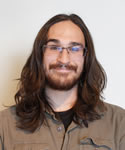 Our team in RFA2 with Courtney Flint was flowing much better for the second week. Over the course of Tuesday-Friday we made some significant leaps and bounds with our survey processes and interview procedures. The IRB protocol was further ironed out, sent out, and was approved quickly. We pilot tested our interview process with USU students and staff, and it helped us to get loose and see what public intercept surveying was all about. We also met as a group each day. I got out into Logan and did some looking around the benches for site selection (for surveys), and found a place called Green Canyon.
Our team in RFA2 with Courtney Flint was flowing much better for the second week. Over the course of Tuesday-Friday we made some significant leaps and bounds with our survey processes and interview procedures. The IRB protocol was further ironed out, sent out, and was approved quickly. We pilot tested our interview process with USU students and staff, and it helped us to get loose and see what public intercept surveying was all about. We also met as a group each day. I got out into Logan and did some looking around the benches for site selection (for surveys), and found a place called Green Canyon.
All in all, 2nd week was great!
Jamie Vawdrey
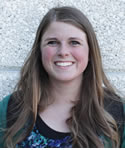 At the beginning of the week we entered more data, checked previous data input, and corrected errors associated with previous data. I also had the opportunity to read literature regarding similar projects that have been done in the past. There is a lot to do but I am still excited to be an iFellow this summer!
At the beginning of the week we entered more data, checked previous data input, and corrected errors associated with previous data. I also had the opportunity to read literature regarding similar projects that have been done in the past. There is a lot to do but I am still excited to be an iFellow this summer!
Darianne Willey
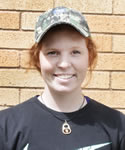 My graduate mentor, Trixie and I sat on the floor together to play with our new Teledyne Isco Autosamplers to determine how they work. Next week, we will begin lab trials before installing them in the field sites.
My graduate mentor, Trixie and I sat on the floor together to play with our new Teledyne Isco Autosamplers to determine how they work. Next week, we will begin lab trials before installing them in the field sites.
Shannon Williams
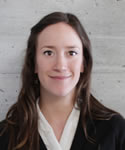 This week has been focused on interpreting survey data gathered from iUTAH fellows from summer of 2014. My proposal project will focus on neighborhood norms within the Red Butte watershed in Salt Lake City, in attempt to understand if perspectives within a neighborhood (or across neighborhoods) affect attitudes towards water use.
This week has been focused on interpreting survey data gathered from iUTAH fellows from summer of 2014. My proposal project will focus on neighborhood norms within the Red Butte watershed in Salt Lake City, in attempt to understand if perspectives within a neighborhood (or across neighborhoods) affect attitudes towards water use.
Margaret Wolf
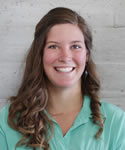 This week I got a better idea of how the Red Butte Watershed works and was able to go out with a team and collect our bi-weekly samples at all of the stream sights. The picture below is of our two filter pumps that we run to obtain the samples to then be sent to the lab for analysis. Our research team also ordered all of the supplies to build portable storm water sampling kits that we will begin to distribute among researchers at all levels to collect run off samples from different locations within the Red Butte Creek watershed.
This week I got a better idea of how the Red Butte Watershed works and was able to go out with a team and collect our bi-weekly samples at all of the stream sights. The picture below is of our two filter pumps that we run to obtain the samples to then be sent to the lab for analysis. Our research team also ordered all of the supplies to build portable storm water sampling kits that we will begin to distribute among researchers at all levels to collect run off samples from different locations within the Red Butte Creek watershed.
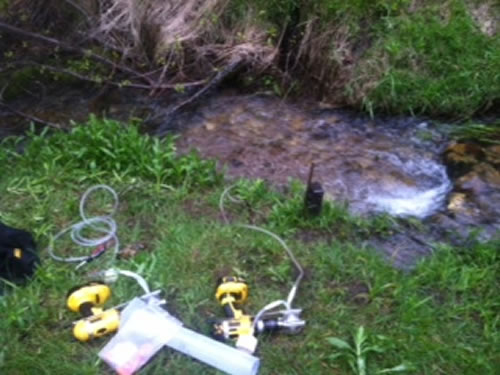
Filter pumps at Red Butte

